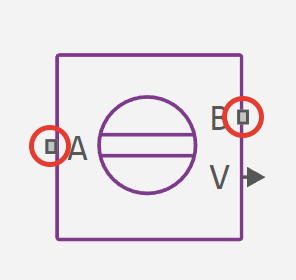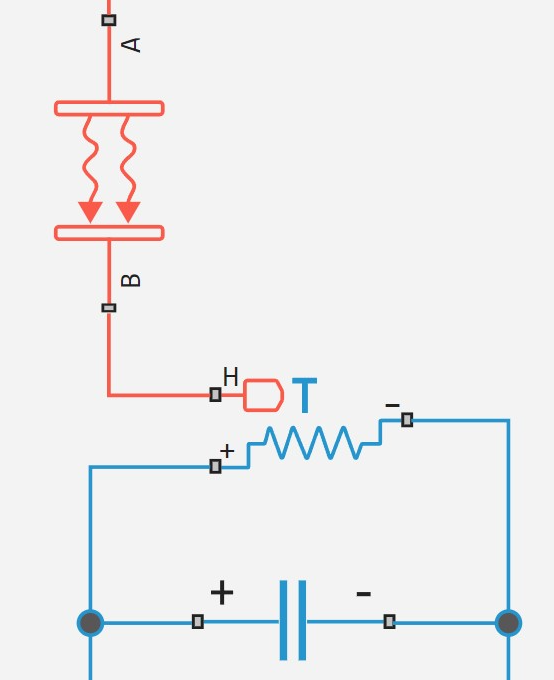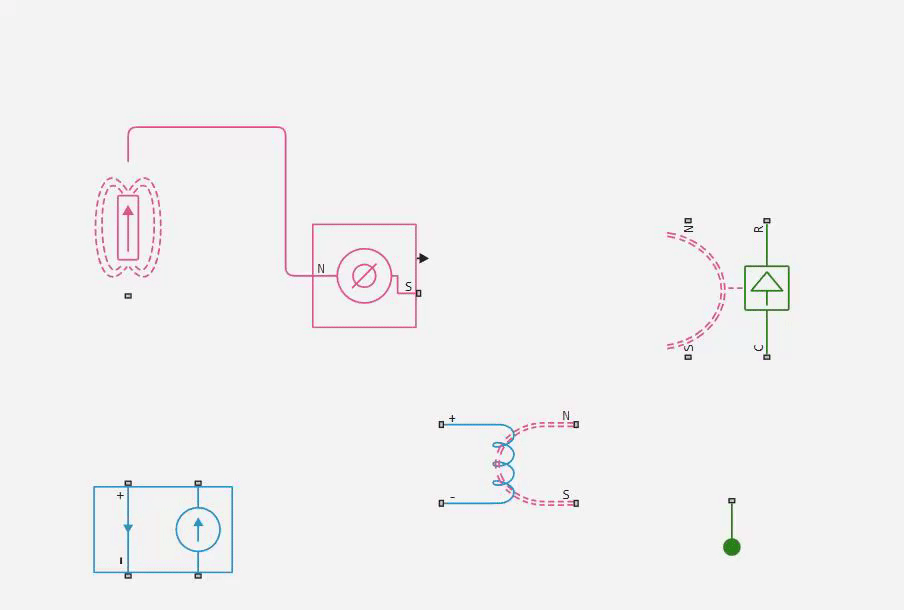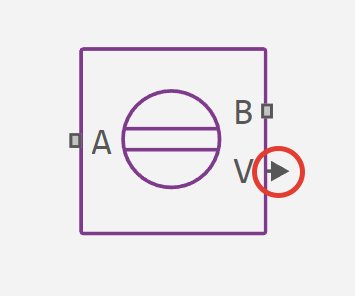Principles of modeling physical systems
Physical Modeling Engee is a way to create models from blocks that correspond to real physical objects. Blocks can be connected not only by directional mathematical connections, but also by two-way physical ones. This approach simplifies the work because you do not need to manually describe the equations for the entire model and its interactions.
Library Blocks Physical Modeling they differ from the usual ones in that they are not mathematical operations, but real elements of the system: a spring, a capacitor, a pneumatic resistance, etc. They exchange energy through ports. The lines between the blocks show the physical connections, as in a real system: wires, pipes, mechanical rods.
Library Physical Modeling It is divided into sections: liquids and gases, electricity, mechanics, heat, etc. To make the diagrams easier to read, each area has its own color for the lines and icons of the blocks.
The library elements can be divided into two groups:
-
Active elements — supply energy to the system. Their orientation should correspond to the function performed (for example, sources of force, velocity, pressure, or flow).
-
Passive elements — dissipate or accumulate energy. They can be positioned in any direction (for example, shock absorbers, resistors, springs, pipelines).
Ports and variables
Types of ports
-
Non-directional ports create physical connections between blocks. They are represented by squares and connected by lines as it would be in a real system. In the model, such connections mean an exchange of energy.

The number of non-directional ports depends on how many energy flows the unit exchanges with others. For example, in contrast to resistor, y xref:fmod-electrical-elements/thermal-resistor.adoc[Thermistor (Thermal Resistor) there is also a temperature port, the resistance of which varies with temperature.

If the block has all ports in the same area, then the entire block icon is colored in its color. If the ports belong to different areas, for example, Rotational Mechanical Converter (IL), then the parts of the icon are colored according to the color of each area.
.png)
You can use blocks of different areas in the same model, but you can only connect them through ports in the same area (of the same color).

-
Directional ports transmit mathematical values (scalars, vectors, matrices). They are indicated by an arrow and have a source and a receiver. They are used as inputs for setting source signals or as outputs for sensors. These ports can be connected to the blocks of the base library.

Types of variables
-
Streaming — measured at a single point (the sensor is connected in series to the element).
-
Potential is the difference between two points (the sensor is connected in parallel to the element).
| Physical area | Library | Streaming variables | Potential variables |
|---|---|---|---|
Pneumatics |
Gas |
Mass flow and energy consumption |
Absolute pressure and temperature |
Rotational motion |
Mechanical / Rotational |
Moment |
Angular velocity |
Forward movement |
Mechanical / Translational |
Power |
Linear velocity |
Thermodynamics |
Thermal |
Heat flow |
Temperature |
Electricity |
Electrical |
Current |
Voltage |
Magnetism |
Magnetic |
Magnetic flux |
MDS |
Each variable has a magnitude and a sign. The value can be positive or negative depending on the polarity of the sensor.